Vacation Packages to Split
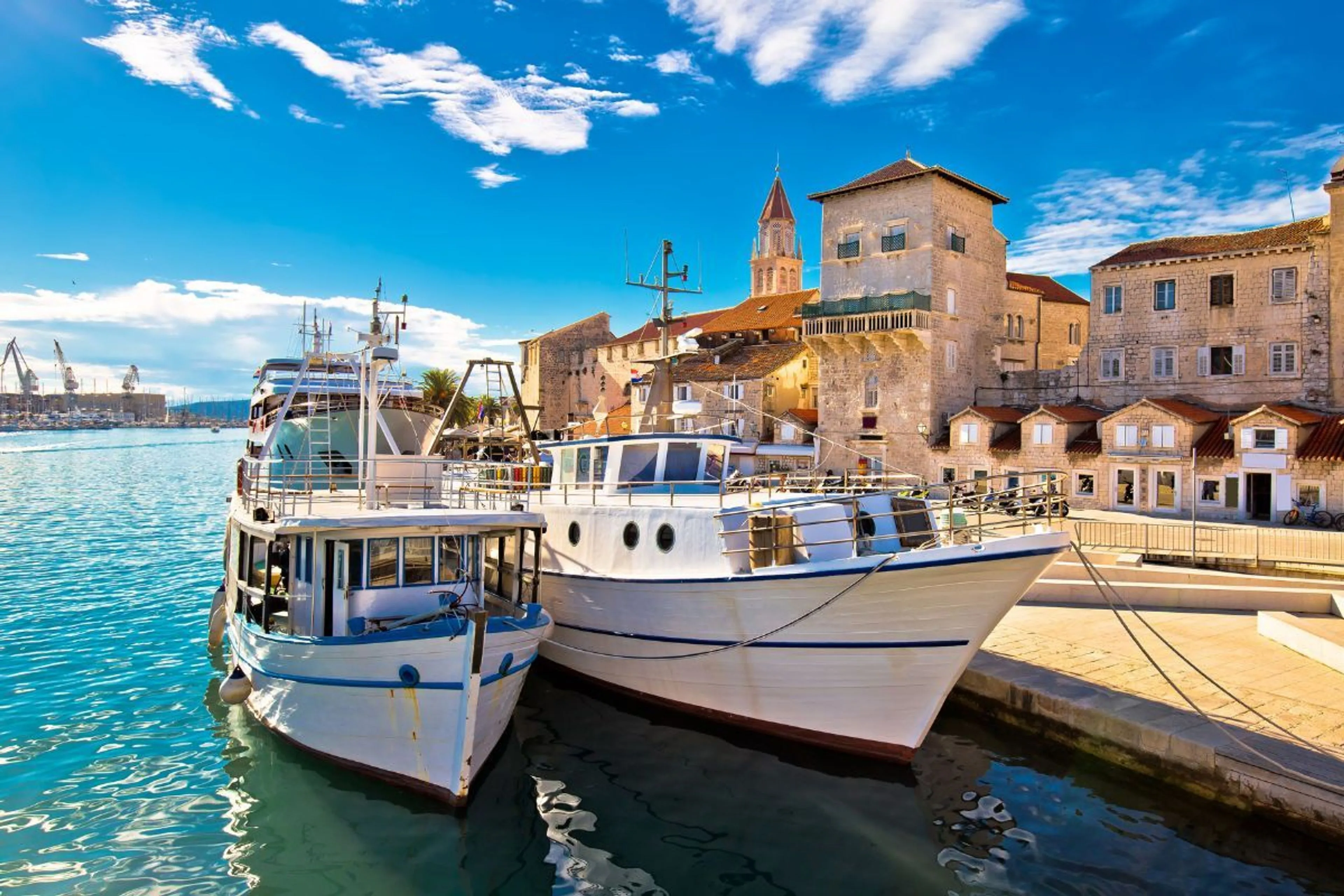
Customize it!
CROATIA BY TRAIN
Zagreb, Split and Dubrovnik.
English
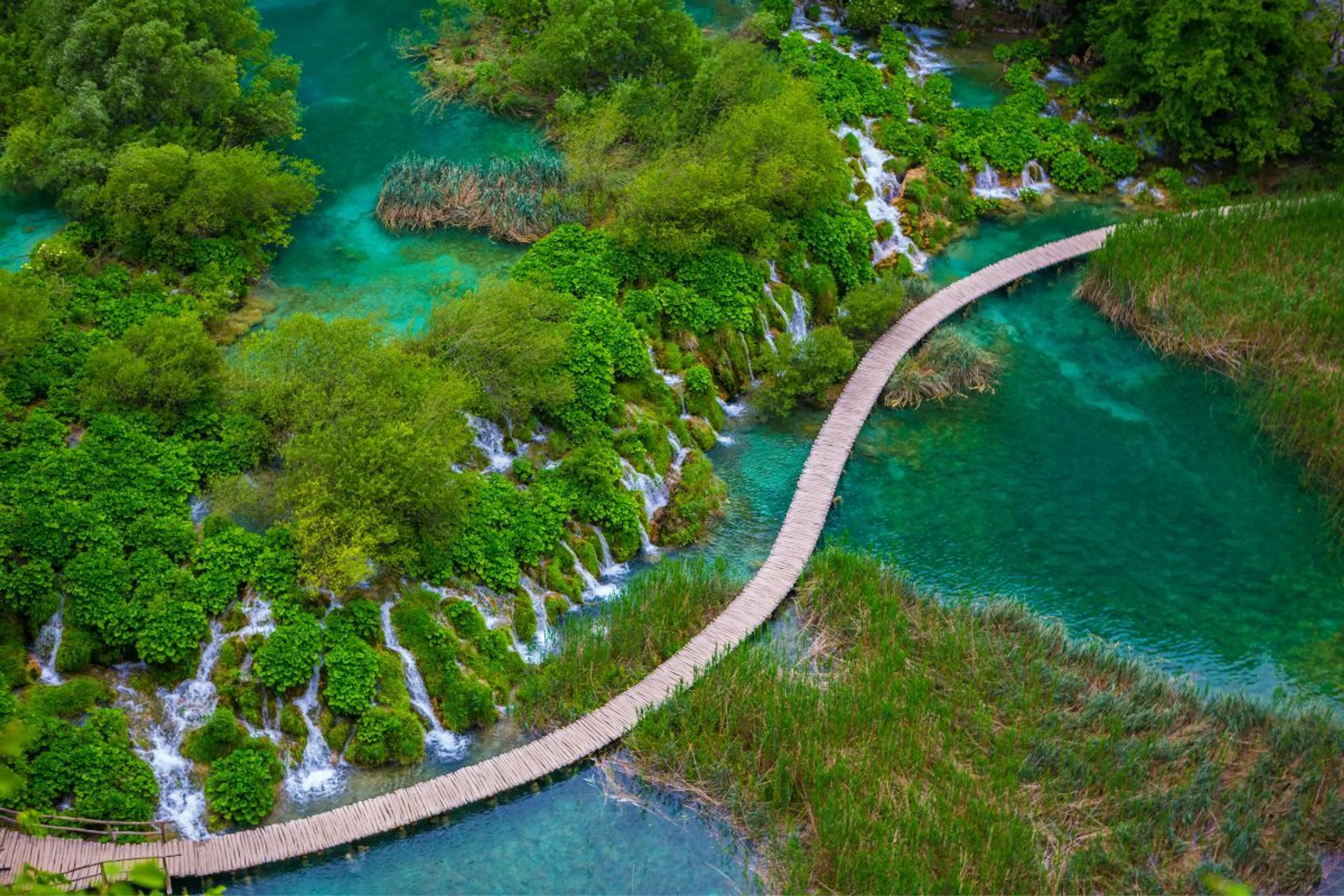
Customize it!
WONDERS OF CROATIA AND SLOVENIA
Zagreb, Liubliana, Bled, PLitvice Lakes, Split, Dubrovnik and more.
English
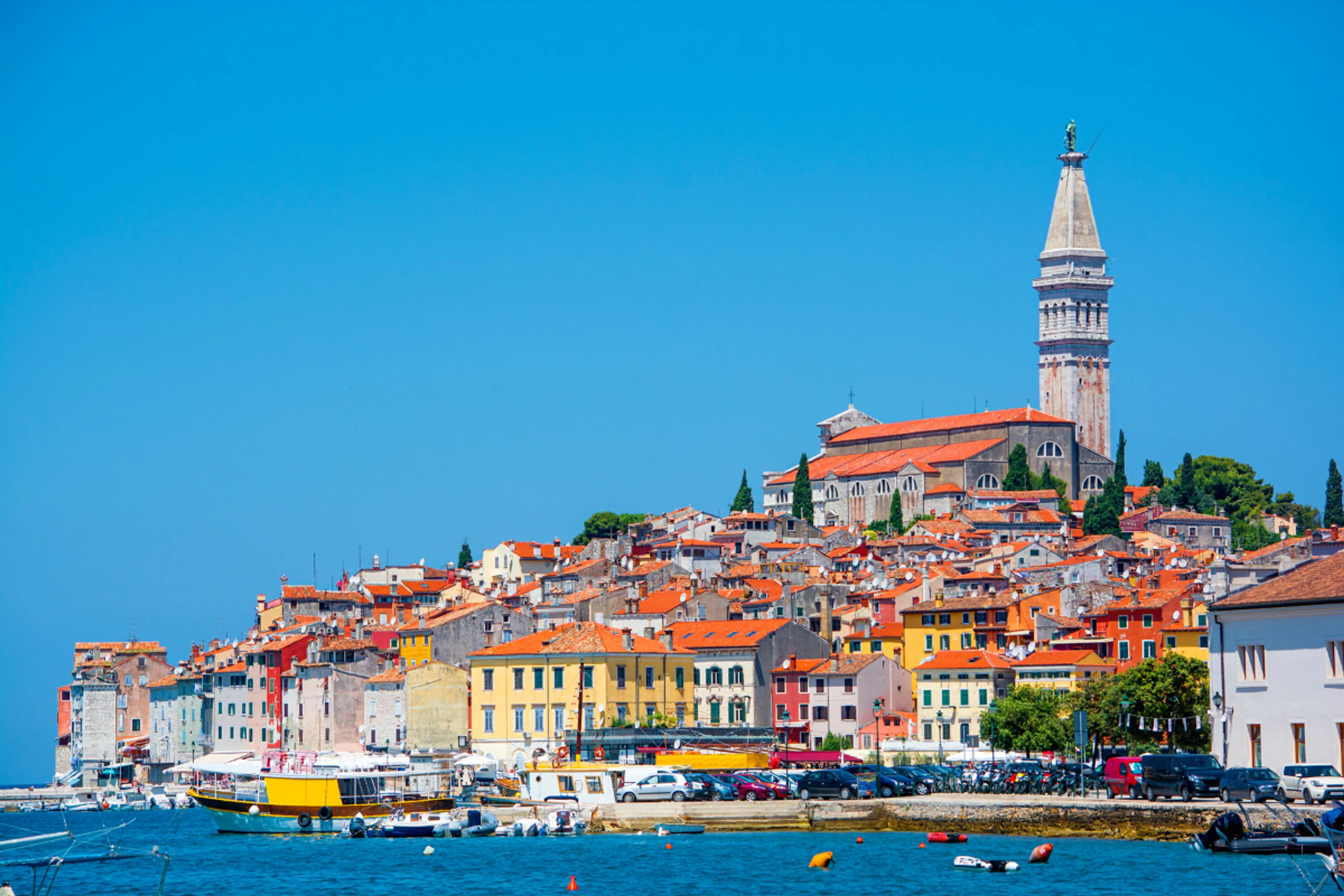
Customize it!
COMPLETE CROATIA
Zagreb, Opatija, Plitvice, Split, Dubrovnik, and more.
English
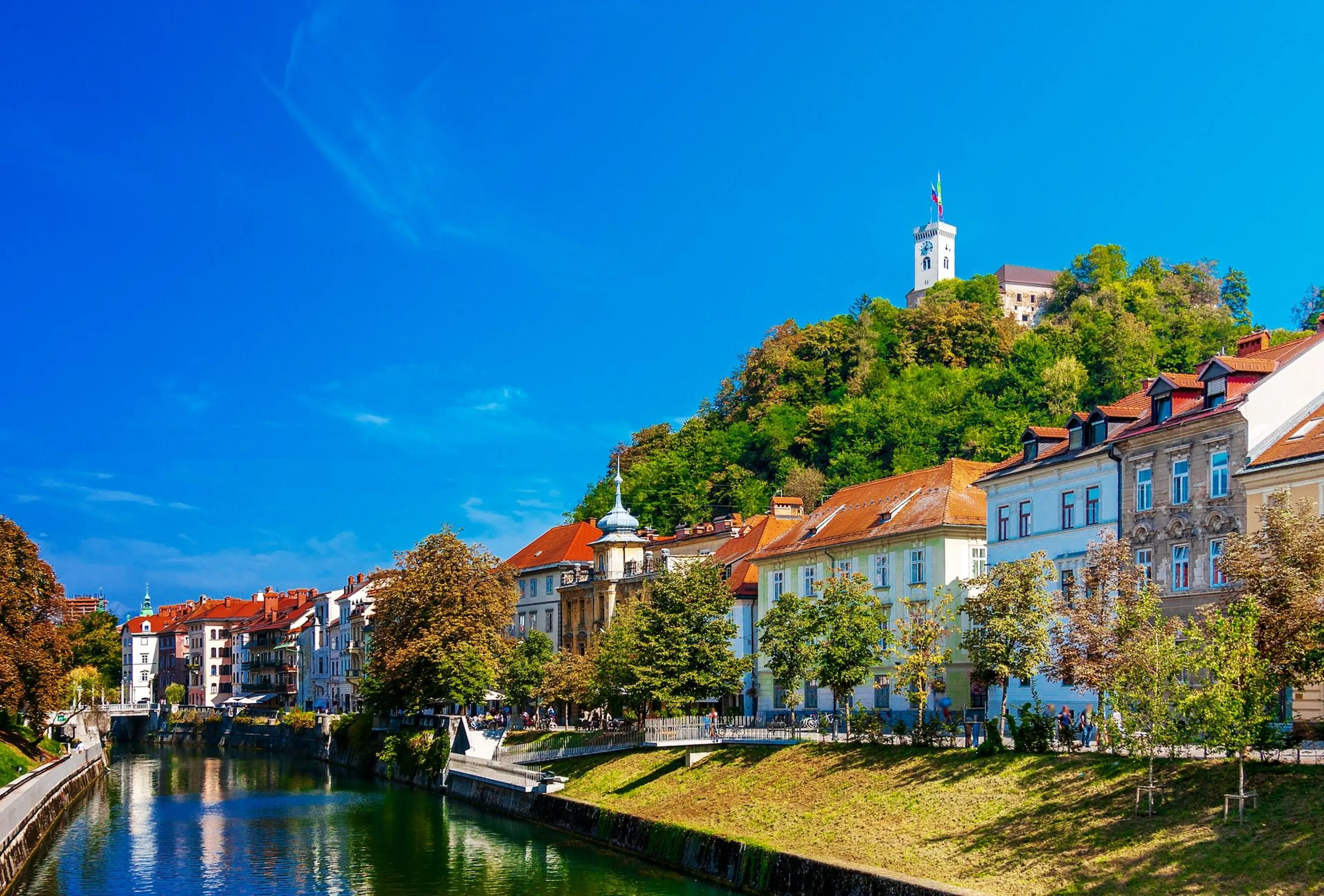
Customize it!
ITALY, SLOVENIA, AND CROATIA BY TRAIN
Rome, Florence, Venice, Trieste, Ljubljana, Zagreb, Split and Dubrovnik.
English

Customize it!
WONDERS OF CROATIA AND GREECE
Zagreb, Split, Dubrovnik, Athens, Mykonos and Santorini
English
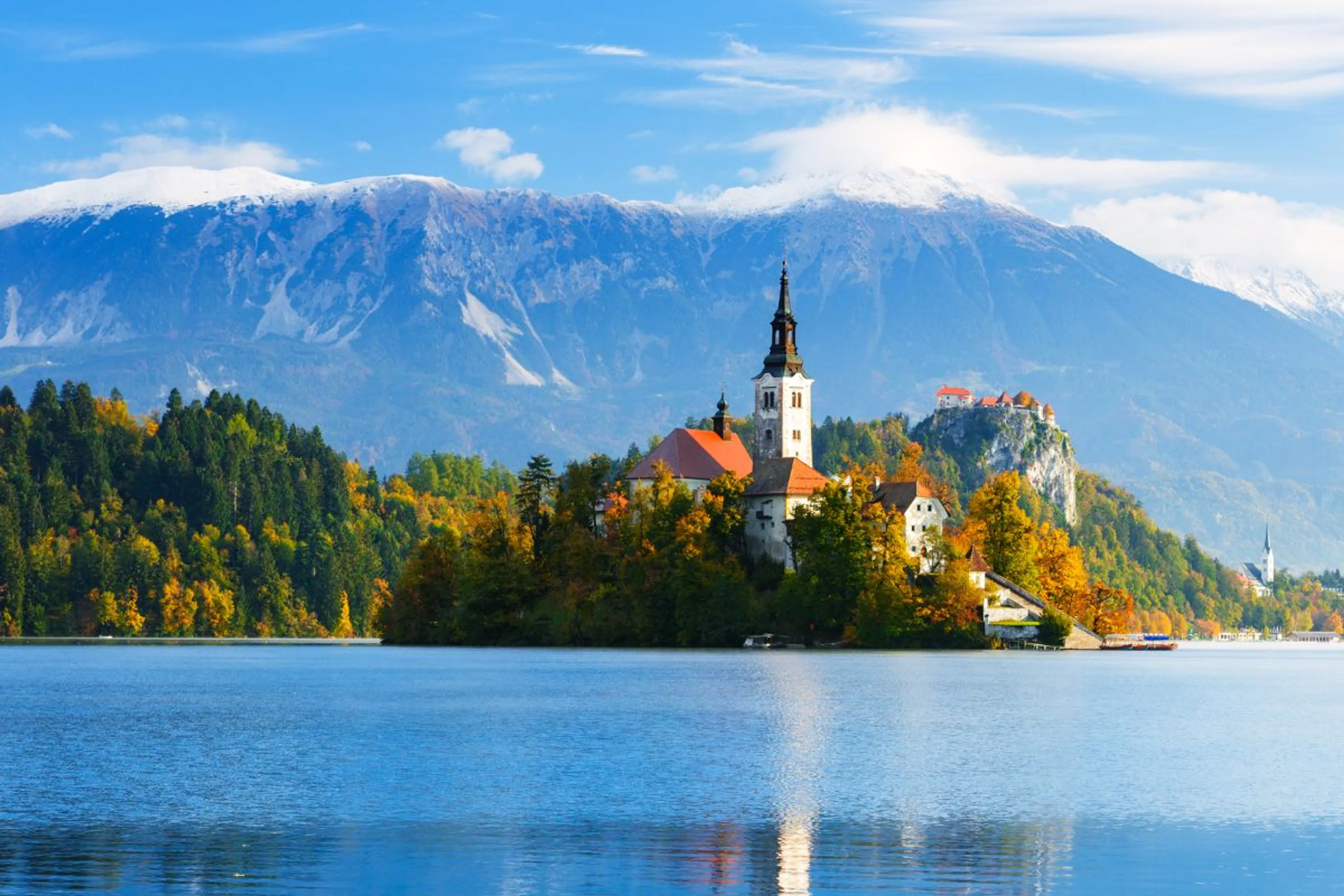
Customize it!
BALKAN TRIO
Zagreb, Sarajevo, Dubrovnik, Split, Opatija and Ljubljana
English
Customize your package
Select from our wide variety
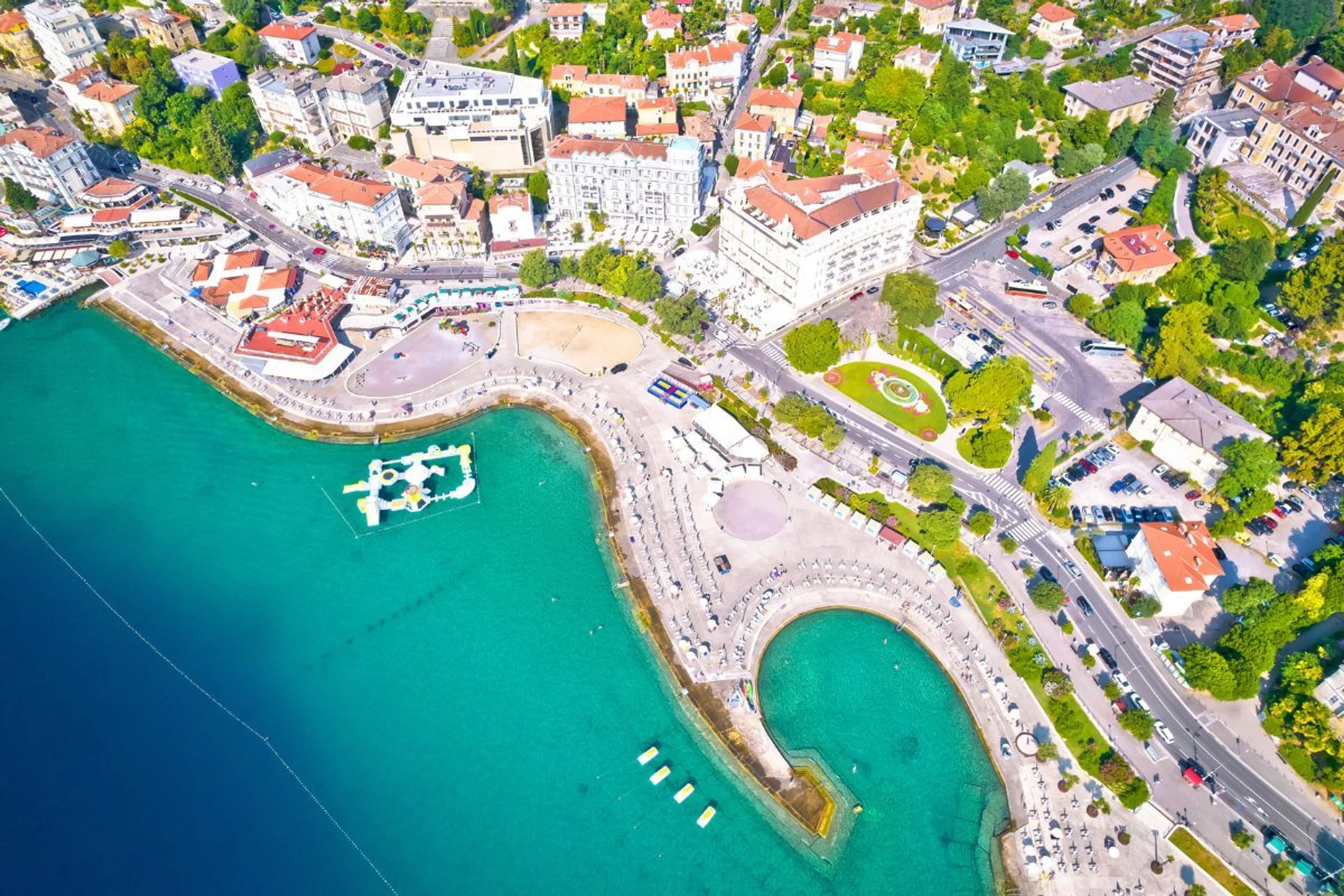
Customize it!
BALKAN JOURNEY TO GREECE
Zagreb, Sarajevo, Dubrovnik, Split, Opatija, Ljubljana, Athens, Mykonos and Santorini
English
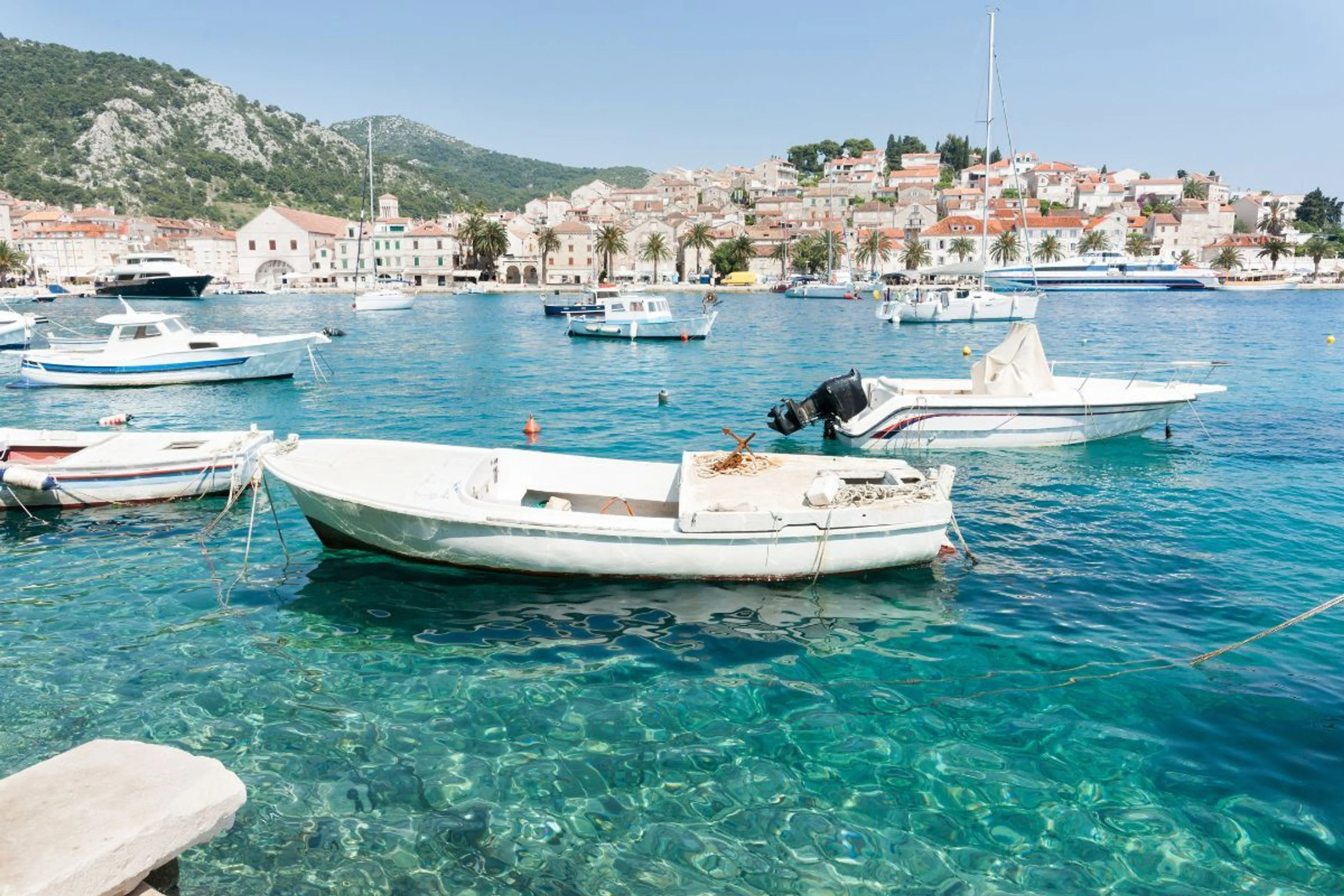
Customize it!
WONDERS OF THE AEGEAN AND THE ADRIATIC
Athens, Mykonos, Santorini, Split, Hvar, and Dubrovnik.
English
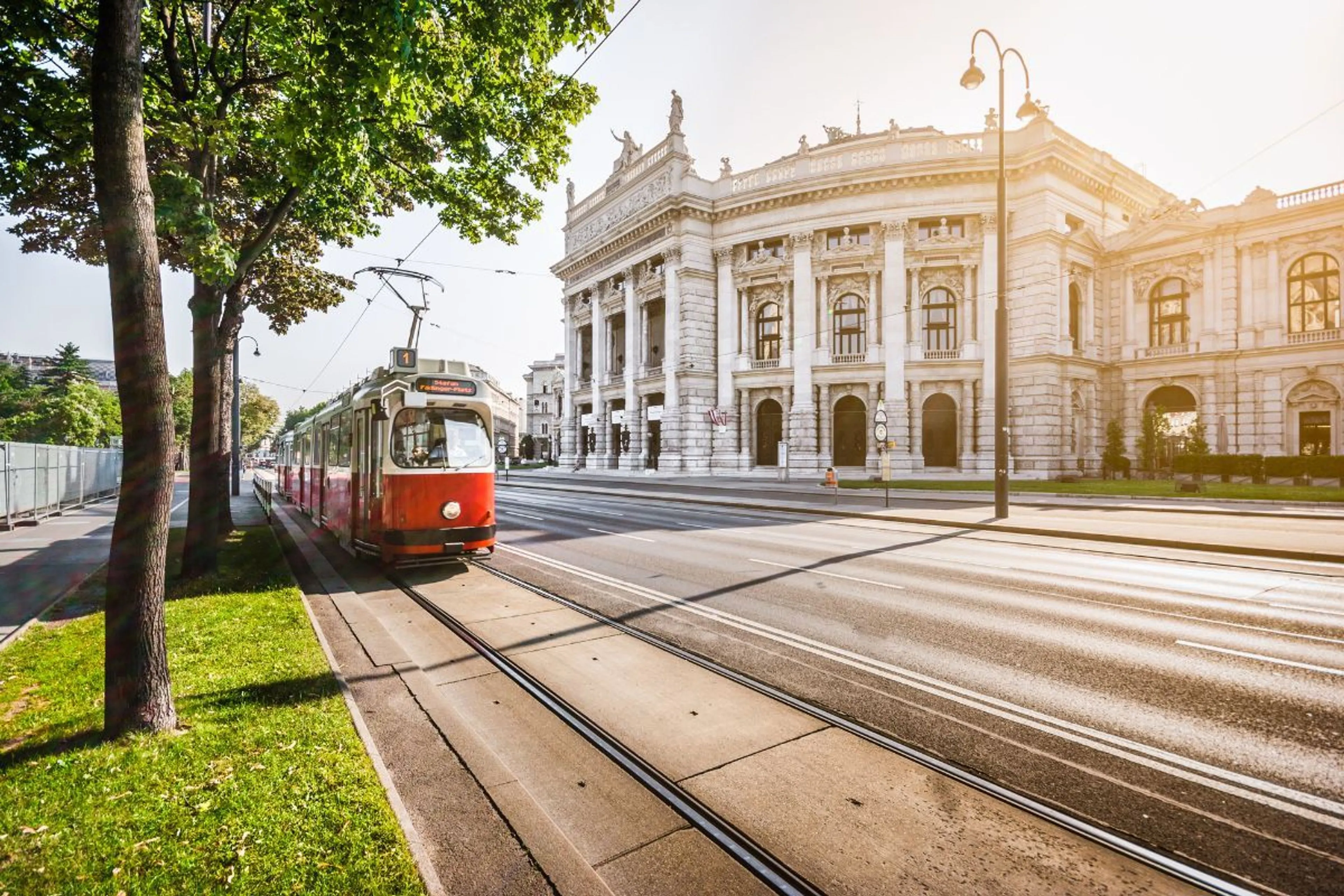
Customize it!
FROM VIENNA TO CROATIA BY TRAIN
Vienna, Liubliana, Zagreb, Split and Dubrovnik
English
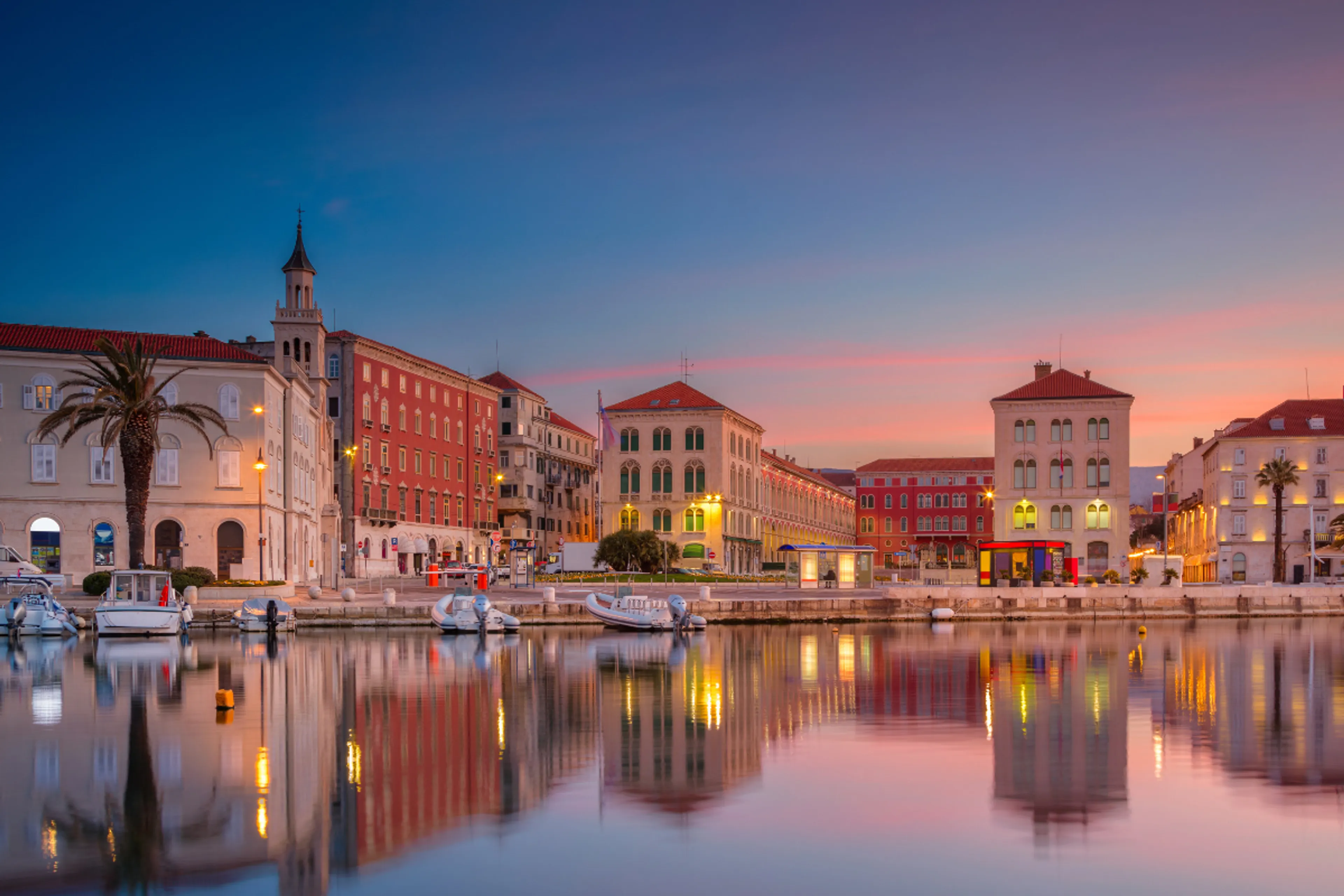
Customize it!
CROATIAN WALLS
Split, Trogir and Dubrovnik.
English
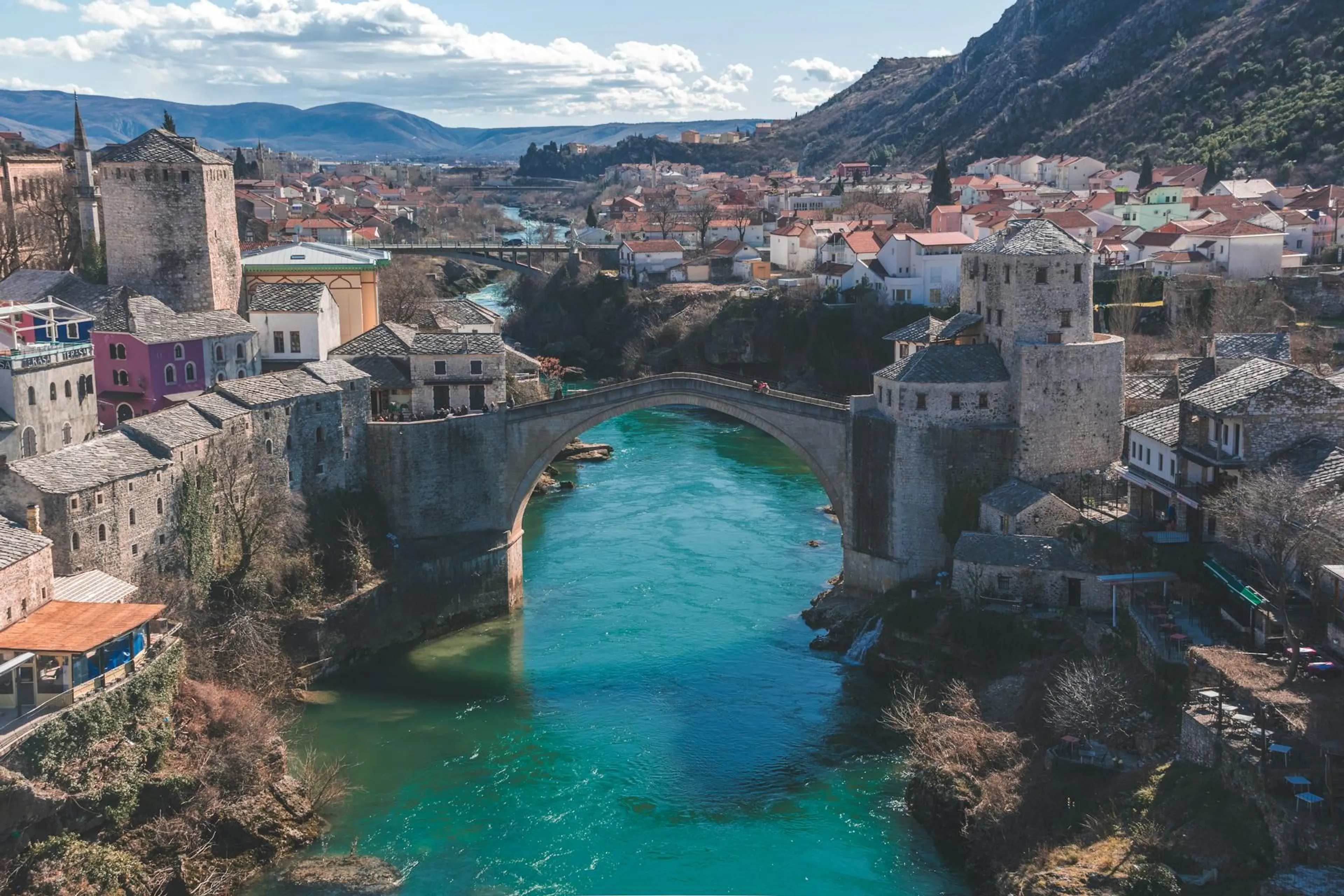
Customize it!
BALKAN ROUTE: FROM ATHENS TO VENICE
Athens, Sofia, Bucharest, Belgrade, Dubrovnik, Split, and much more!
English
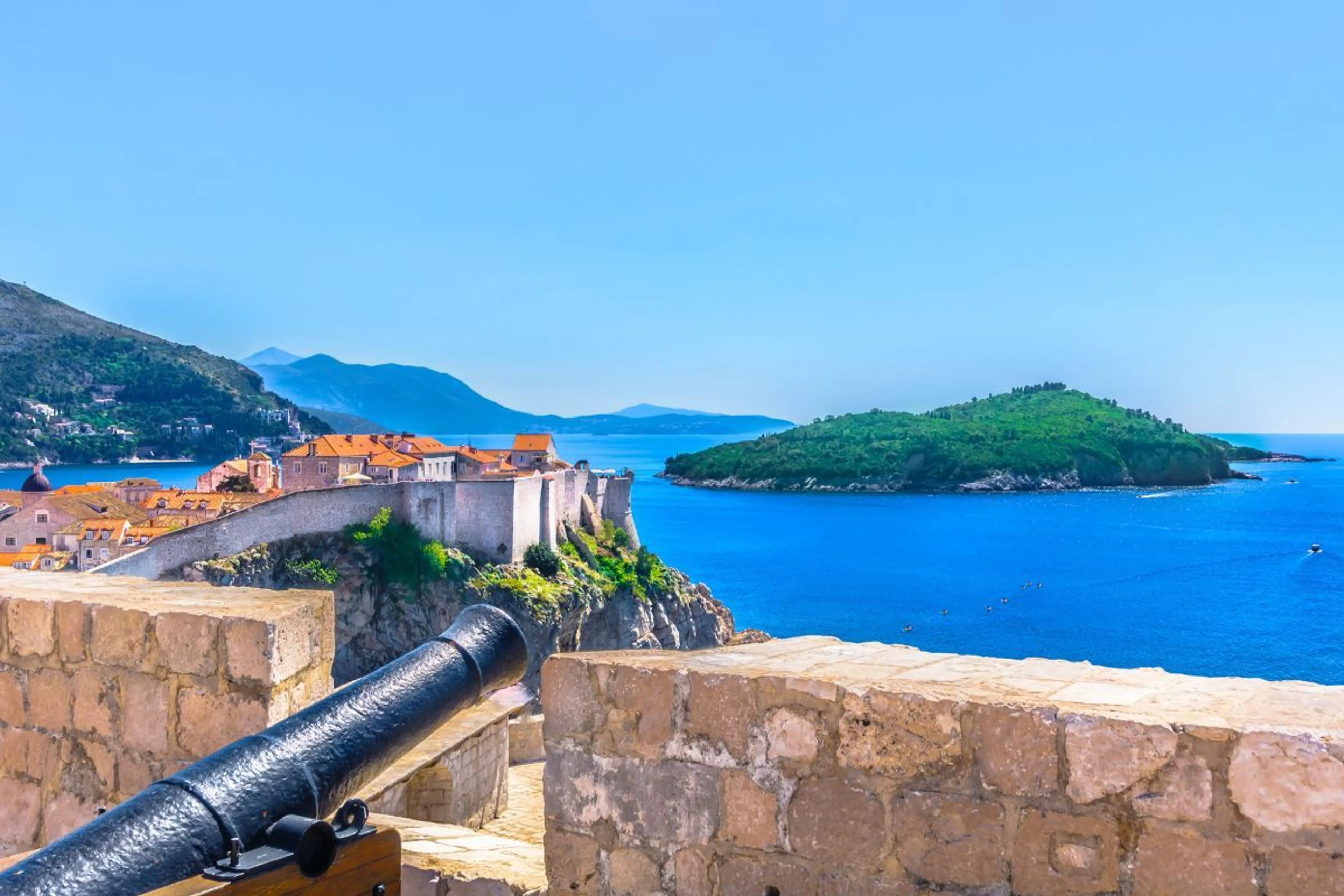
Customize it!
IMPERIAL CITIES AND CROATIA BY TRAIN
Prague, Vienna, Liubliana, Zagreb, Split and Dubrovnik
English
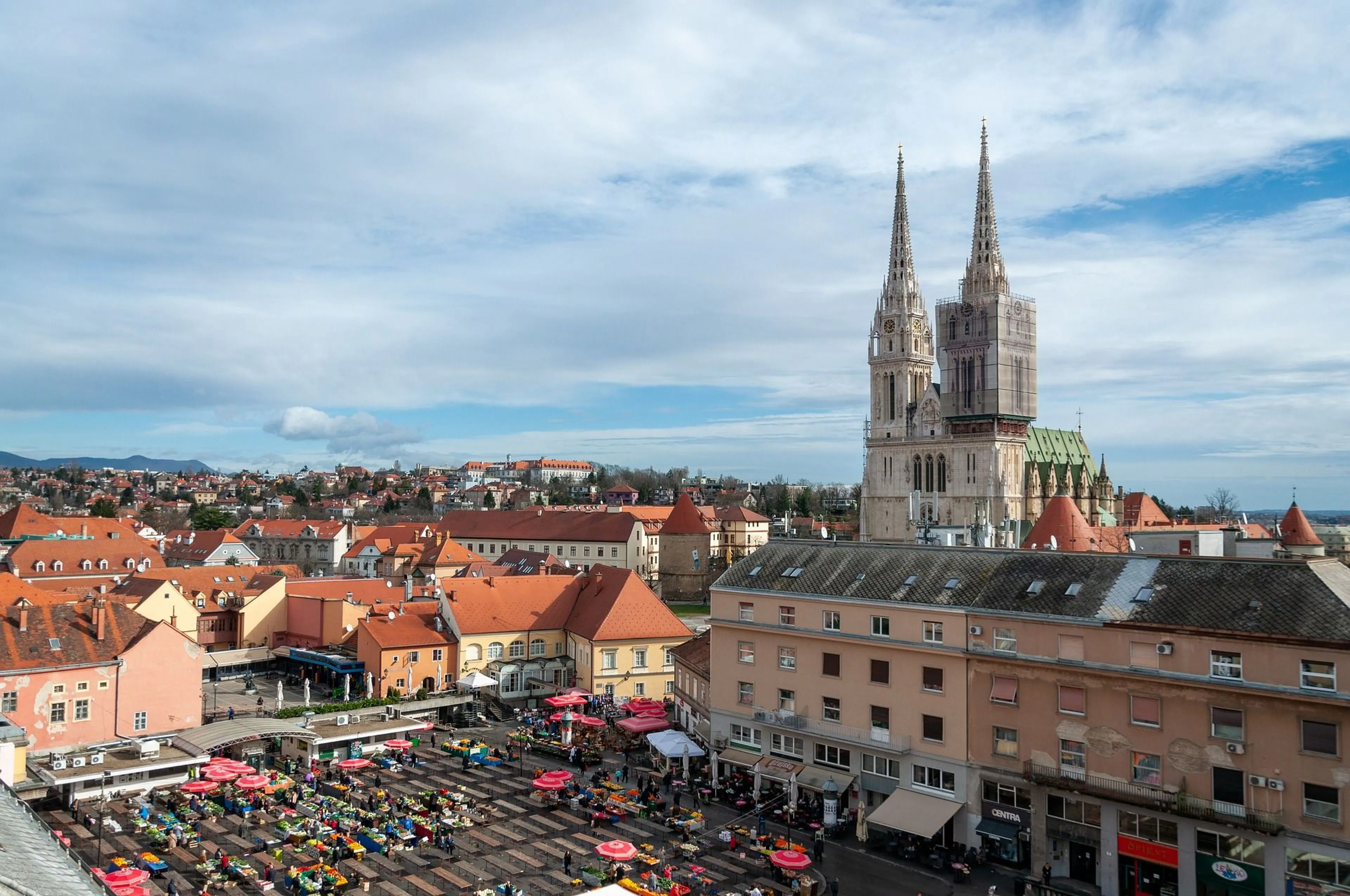
Customize it!
SELF DRIVE FROM ZAGREB TO DUBROVNIK
Zagreb, Plitvice, Zadar, Split, and Dubrovnik.
English
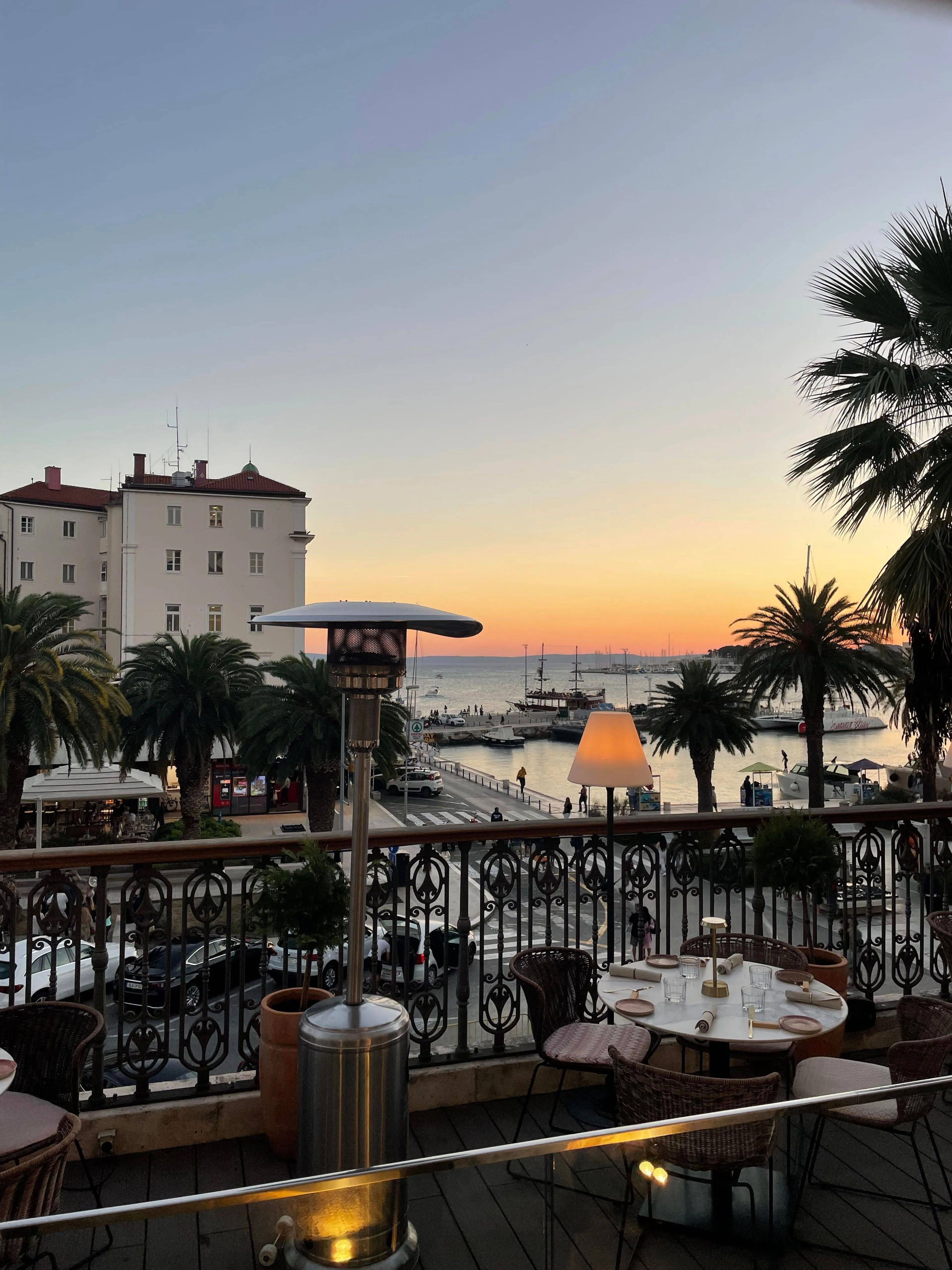
Customize it!
DIOCLETIAN
Rome, Split and Dubrovnik
English
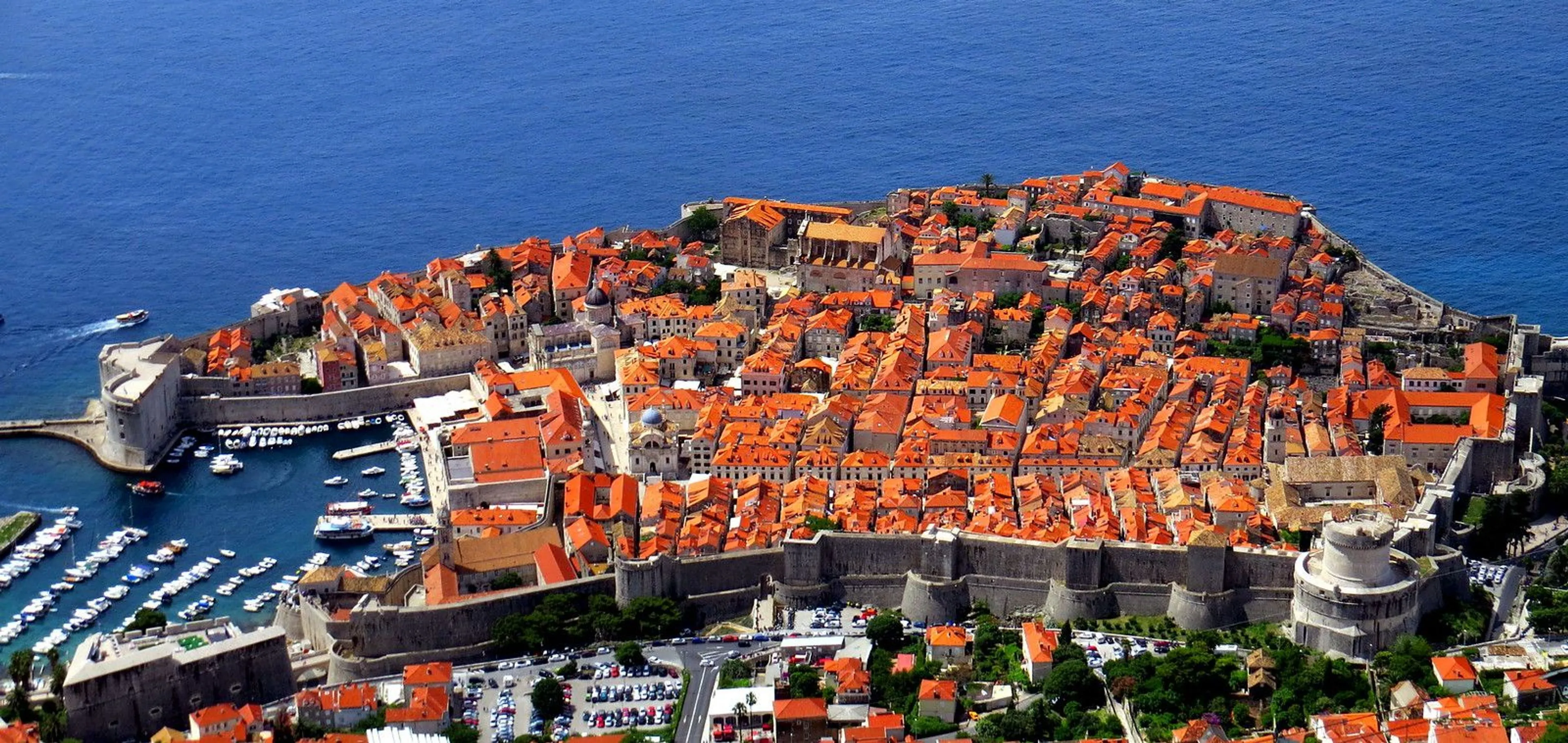
Customize it!
COLORS OF THE ADRIATIC
Split, Hvar, Korcula, and Dubrovnik.
English
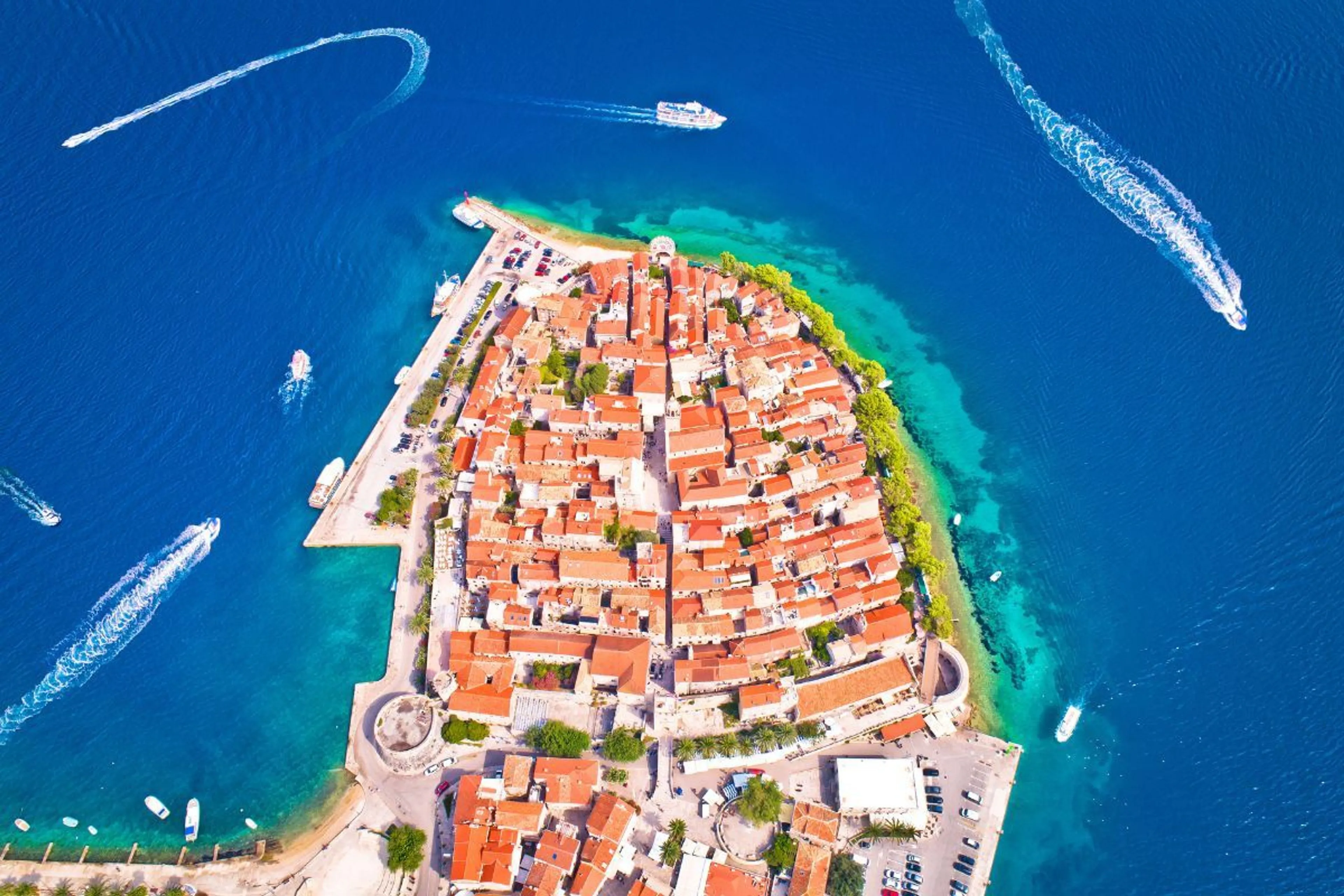
Customize it!
BEAUTIFUL DALMATIA
Dubrovnik, Korcula, Hvar and Split.
English
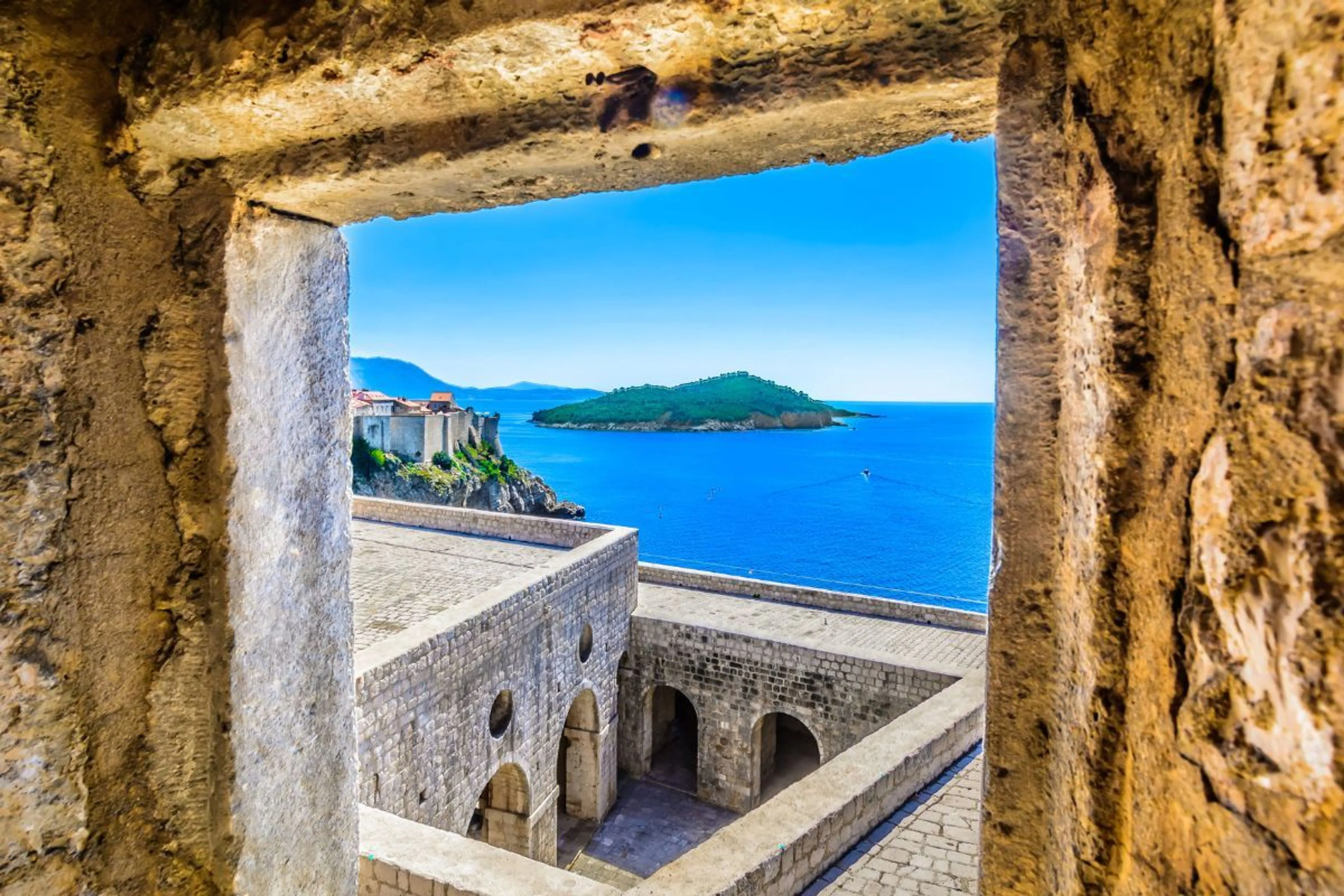
Customize it!
CURZOLA
Split, Korcula & Dubrovnik.
English
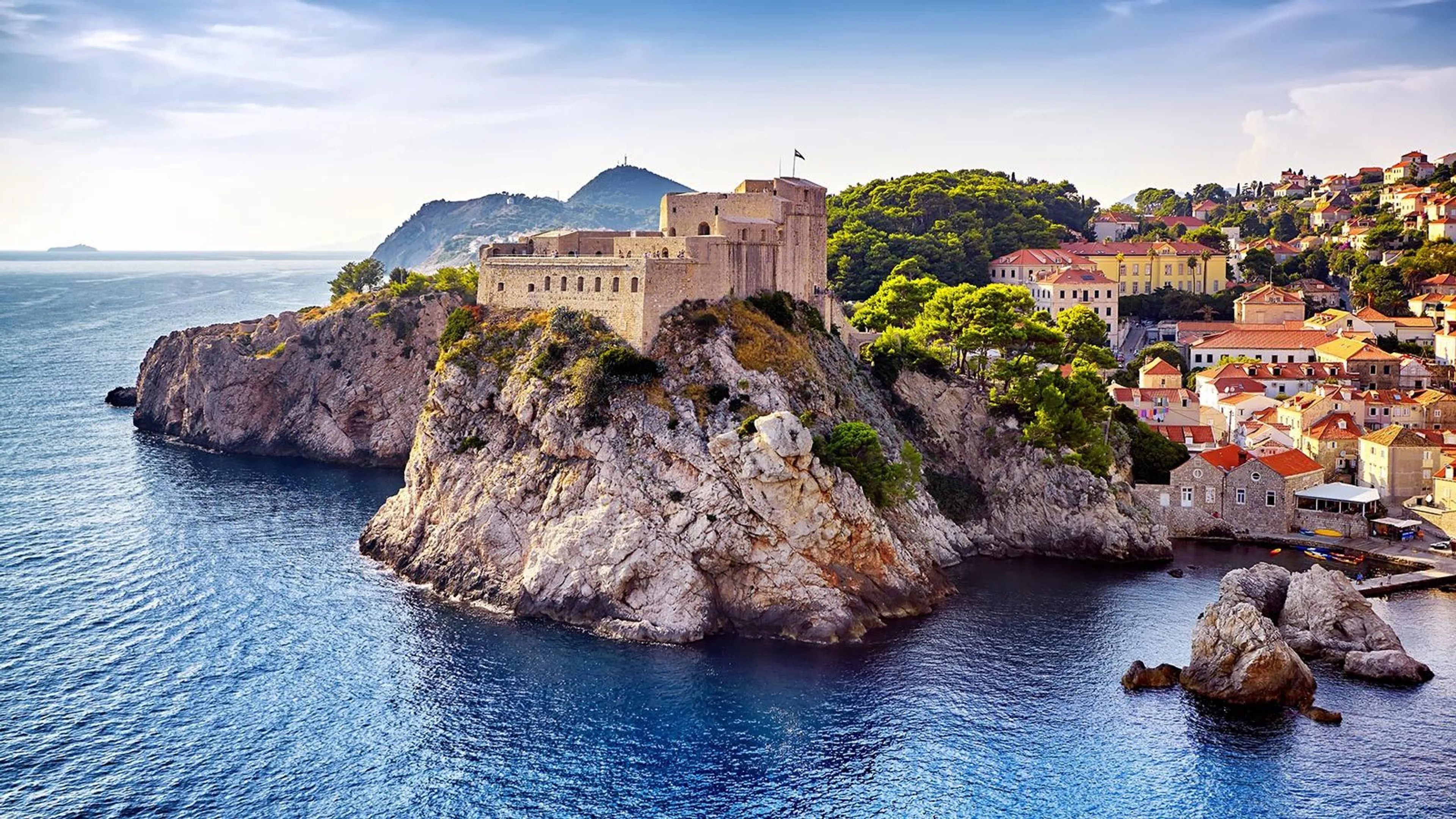
Customize it!
BLUE DALMATIA
Dubrovnik, Split & Hvar.
English
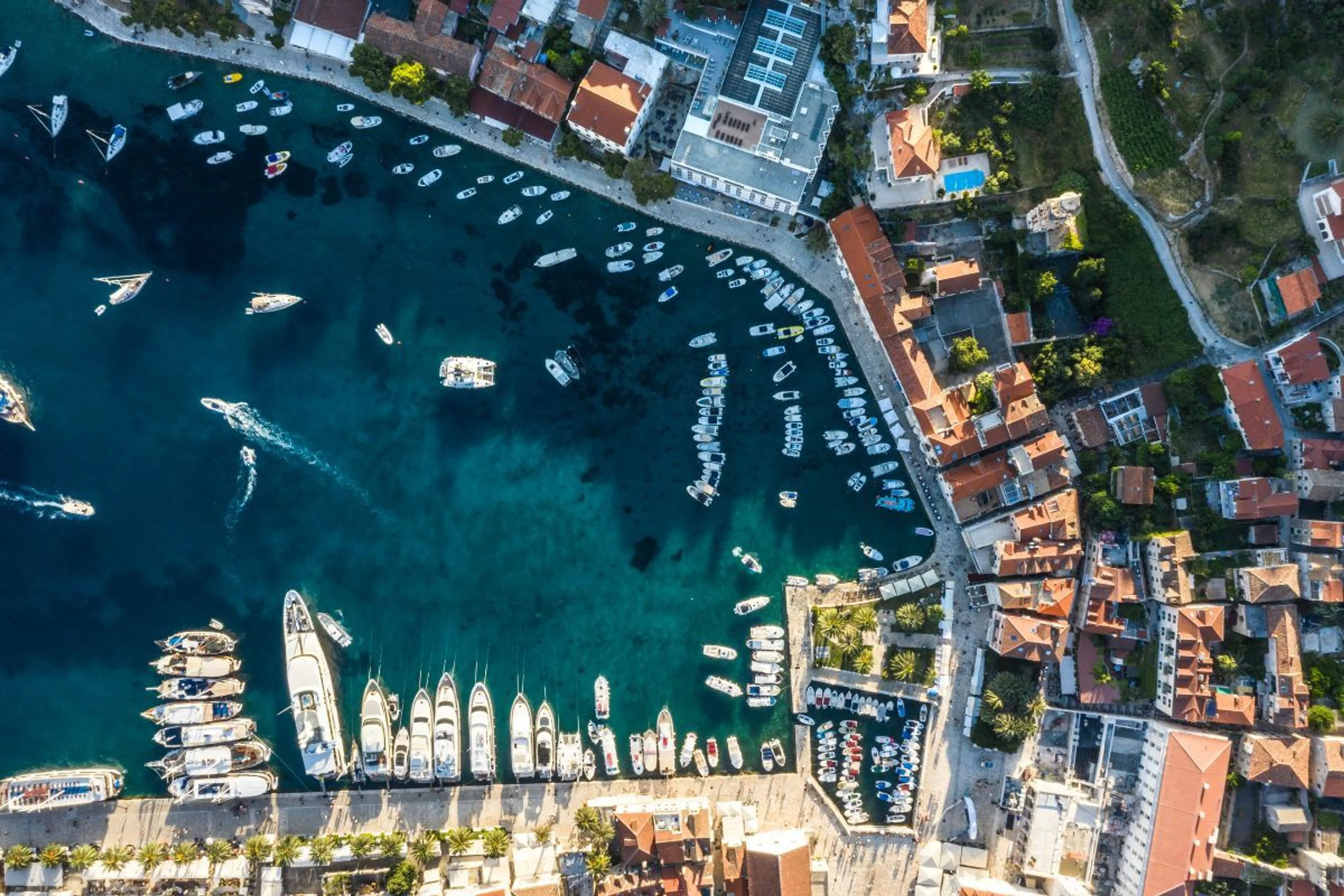
Customize it!
DALMATIA EXPRESS
Split, Hvar & Dubrovnik.
English
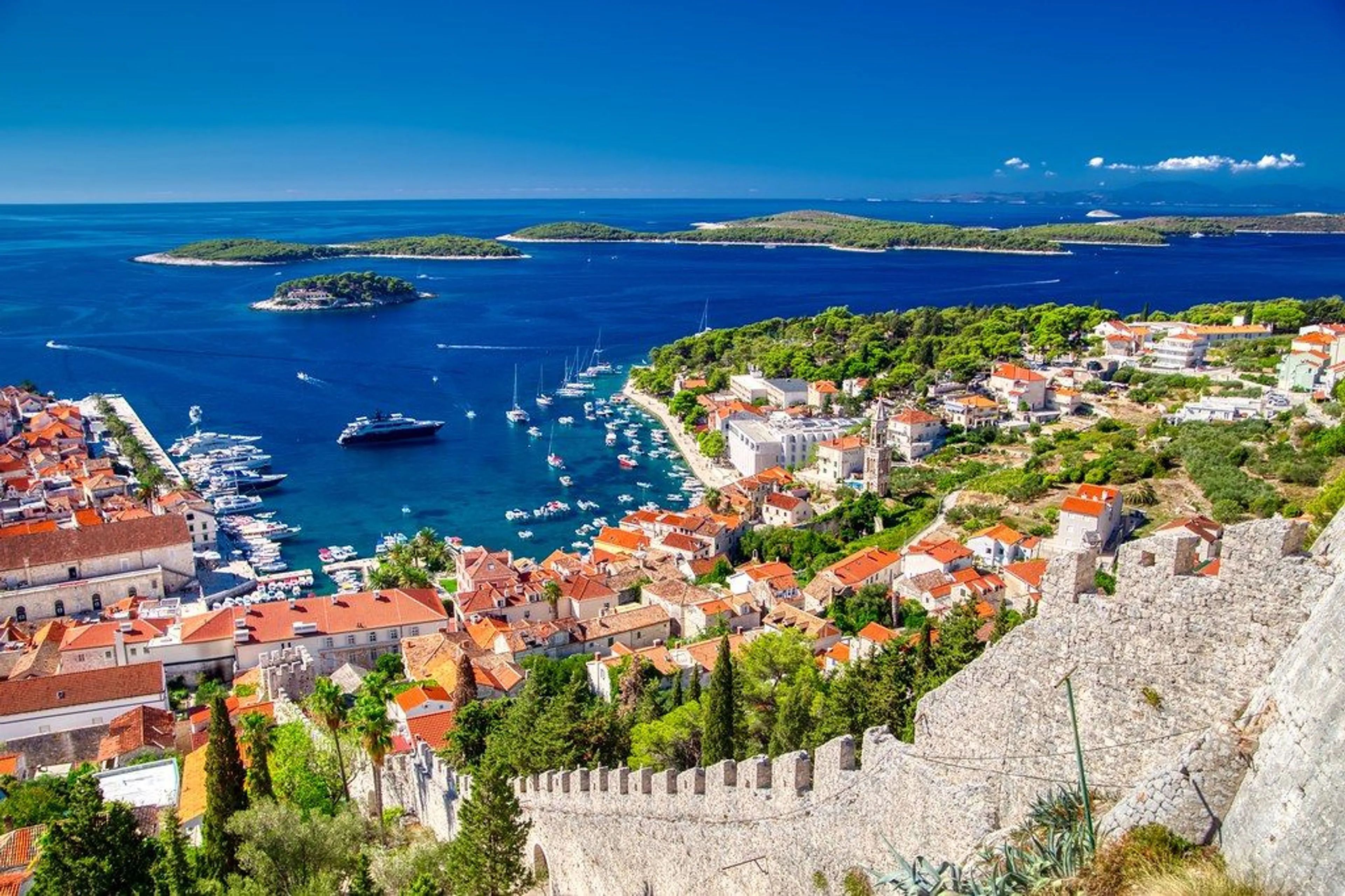
Customize it!
SPLIT & HVAR EXPRESS
Split & Hvar
English
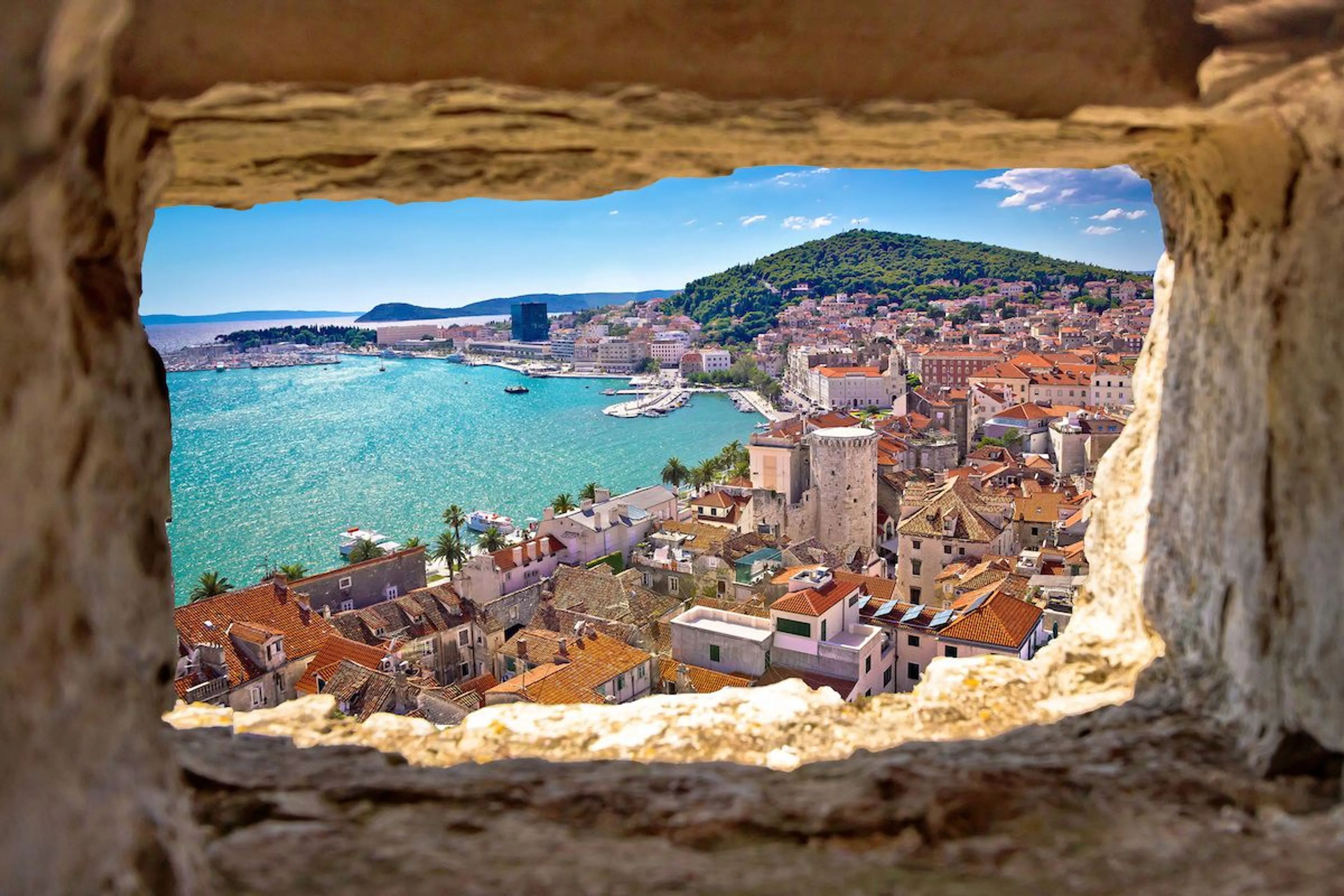
Customize it!
MONUMENTAL SPLIT
Split
English
General Information About Split
Split is a city located on the eastern coast of the Adriatic Sea, in the region of Dalmatia in Croatia. It is the second-largest city in Croatia, with a population of around 180,000 people.
Split is known for its historical and cultural heritage, including the Palace of Diocletian, which was built in the 4th century AD and is now a UNESCO World Heritage site.
Split is also a popular tourist destination, attracting visitors from around the world with its sunny climate, beautiful beaches, and vibrant nightlife.
The city is easily accessible by air, with Split International Airport located just a few miles from the city center. Split is also well-connected by ferry and bus to other parts of Croatia and neighboring countries.
In addition to its cultural and natural attractions, Split is also a hub for sports and recreation, with a variety of activities available including sailing, kayaking, hiking, and biking. The city has a rich culinary scene, with local specialties such as fresh seafood, olive oil, and local wines.
Split is an important economic and cultural center for the region, with a strong tradition of entrepreneurship and innovation. It is home to several universities and research institutions, as well as a thriving startup scene.
Sites of Interest of Split
Split, a coastal city in Croatia, has a rich history and a vibrant culture. Here are some sites of interest in Split:
- Diocletian’s Palace: This ancient palace, built by the Roman emperor Diocletian in the 4th century AD, is one of the most impressive historical landmarks in Split. It is a UNESCO World Heritage Site and a major tourist attraction.
- Cathedral of Saint Domnius: This beautiful cathedral, located within Diocletian’s Palace, was originally built as a mausoleum for Diocletian himself. It is a significant example of Romanesque architecture and contains many valuable works of art.
- Riva: This lively waterfront promenade is a great place to take a stroll, enjoy a coffee or meal at one of the many cafes and restaurants, or watch the boats come and go.
- Marjan Hill: This park and nature reserve is a popular spot for hiking, jogging, and cycling. It offers breathtaking views of the city, the sea, and the surrounding islands.
- Archaeological Museum: This museum displays a wide range of ancient artifacts from the Split region, including Roman mosaics, sculptures, and inscriptions.
- Peristyle Square: This beautiful square is located in the heart of Diocletian’s Palace and is surrounded by impressive ancient columns and buildings.
- Ethnographic Museum: This museum showcases the cultural heritage of the Split region, including traditional clothing, tools, and household items.
- Split City Museum: This museum tells the story of Split’s history, from ancient times to the present day, through a collection of artifacts, documents, and multimedia exhibits.
- Fish Market: This lively market, located near the waterfront, is a great place to sample fresh seafood and local delicacies.
- Ivan Meštrović Gallery: This museum displays the works of Ivan Meštrović, one of Croatia’s most famous sculptors, and is located in a beautiful villa overlooking the sea.
Food and Drinks of Split
Split, being a coastal city in Croatia, has a cuisine that is heavily influenced by the sea and Mediterranean flavors.
Some typical food of Split include black risotto (Crni rižot), a dish made with squid ink, rice, onions, garlic, and red wine, and octopus salad (Salata od hobotnice): This refreshing salad is made with boiled octopus, potatoes, onions, parsley, and olive oil, a perfect appetizer or light lunch.
Also a typical dish is peka. This traditional Croatian dish is made by slow-cooking meat (usually lamb, veal, or chicken) and vegetables in a covered pot over hot coals. It is typically served with potatoes, often roasted in the same pot.
We also recommend you to try grilled fish (Riblja plata), fresh fish, often caught that day, is grilled and served with a side of vegetables and potatoes. This dish is a staple of Dalmatian coast cuisine.
And of course, you must try pašticada. This is a slow-cooked beef stew made with red wine, prunes, garlic, carrots, and other spices. It is often served with gnocchi or homemade pasta.
And a fabulous dessert is fritule. These small doughnuts are a popular dessert in Split. They are made with flour, eggs, sugar, and raisins, and are often served dusted with powdered sugar.
As for typical drinks, try red wine (Crveno vino). Croatia is known for its excellent wines, and the red wines produced in the Split region are no exception. Some of the most popular varieties include Plavac Mali, Dingač, and Postup.
Or Rakija, a traditional fruit brandy made from various fruits, including grapes, plums, and figs. It is often served as an aperitif or digestif, or Croatian beer (Hrvatsko pivo), as there are several locally produced beers in Croatia, including Karlovačko, Ožujsko, and Tomislav.
Festivals of Split
Split hosts a variety of festivals throughout the year that celebrate everything from music and film to culture and tradition. Here are some of the most popular festivals of Split:
- Split Summer Festival: This is one of the oldest and most prestigious cultural events in Croatia, dating back to 1954. It takes place from mid-July to mid-August and features a wide range of music, theater, and dance performances in various locations throughout the city. Ultra Europe: This is a three-day electronic music festival that takes place in July at the Poljud Stadium. It features some of the world’s top DJs and attracts a large number of visitors from around the globe.
- Mediterranean Film Festival: This international film festival takes place in June and showcases a wide variety of feature films, short films, and documentaries from the Mediterranean region and beyond.
- Days of Diocletian: This historical and cultural festival takes place in August and features reenactments of ancient Roman life, as well as music, dance, and food.
- Ethnoambient Salona Festival: This music festival takes place in July and August and features traditional and world music from various cultures around the world. It is held in the ancient Roman city of Salona, which is located just outside of Split.
- Festival of Flowers: This floral festival takes place in May and features a variety of flower exhibitions, workshops, and performances throughout the city.
- Split Boat Show: This nautical exhibition takes place in April and features a wide range of boats, yachts, and other maritime equipment. It is held at the Marina Lav, which is located just outside of Split.
- Split Food Festival: This gastronomic festival takes place in October and showcases the best of local cuisine and wine. It features a variety of food and wine tastings, workshops, and cooking demonstrations.
- Split Christmas Market: This holiday market takes place in December and features a variety of crafts, food, and holiday decorations. It is held in the historic center of the city, and there are often carolers and other seasonal performances.
- Splitska Dica: This children’s festival takes place in June and features a variety of games, competitions, and workshops for kids. It is a great way for families to enjoy the city’s cultural offerings together.
How Is the Culture in Split?
The culture in Split is a mix of historical and contemporary influences, with a strong emphasis on Mediterranean and Dalmatian traditions.
The city has a rich history, dating back to Roman times, and this history is reflected in its architecture, art, and cultural heritage. The local culture is also shaped by the city’s coastal location, with fishing and seafaring playing a significant role in the local economy and way of life.
One of the most prominent features of Split’s culture is its emphasis on family and community. Family is considered the cornerstone of Croatian society, and this is reflected in the close-knit nature of the community in Split. People in Split are generally friendly, hospitable, and proud of their city and its heritage.
The city is also known for its love of music, dance, and the arts. The Split Summer Festival, which takes place every year, is one of the oldest and most prestigious cultural events in Croatia and showcases a wide range of music, theater, and dance performances.
Food and wine are also an important part of the culture in Split, with local specialties such as fresh seafood, olive oil, and wine playing a prominent role in the local cuisine. There are many traditional festivals and markets throughout the year that celebrate local food, wine, and crafts.
Overall, the culture in Split is a blend of historical and contemporary influences, with a strong emphasis on community, family, and cultural heritage. It is a vibrant and dynamic city that celebrates its traditions while embracing the future.
What to See and Do in Split
Split is an amazing destination for the most curious travelers, due to its historical sites and splendid cultural heritage. Also, Split has fabulous beaches and an incredible night life.
Due to its proximity to Zagreb and Dubrovnik, many travelers combine their visit to Split with those destinations.
Do you want to know the most beautiful beaches? Would you like to see the most incredible historical sites? Do you want to enjoy amazing nightlife?
In that case, book your trip to Split right now. You can build your trip through Split with Greca according to your preferences and needs. Make your dreams come true today and travel to Split!
01How much does it cost to eat in Split?
The prices of a meal in Split are between 4 and 15 USD, depending on the commodities you are looking for.
02What is the cheapest time to visit Split?
Split low season is from November to March, when temperatures are at their lowest.
03What is the best time to travel to Split?
We recommend you visit Split between the months of June to September, when you can enjoy the best temperatures.
04What are the requirements to visit Split?
You must have a 6 month old passport to enter anywhere in Croatia.